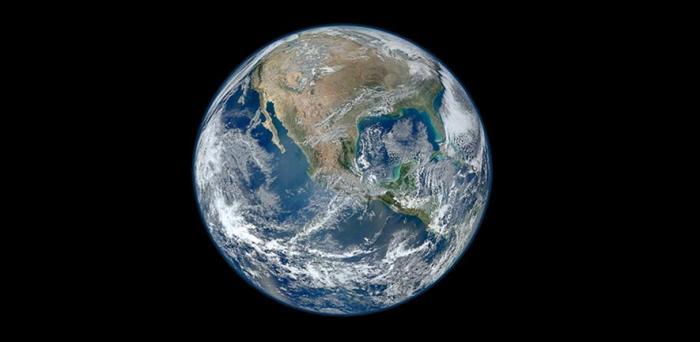The WWF’s Living Planet Report 2020 presents a comprehensive overview of the state of our natural world as captured by the Living Planet Index (LPI) of the Zoological Society of London (ZSL). Almost 21,000 populations of over 4,000 vertebrate species were tracked between 1970 and 2016, with contributions from over 125 experts from around the world.
“The Living Planet Report 2020 underlines how humanity’s increasing destruction of nature is having catastrophic impacts not only on wildlife populations, but on human health and all aspects of our lives,” said Marco Lambertini, Director General of WWF International.
He added: “In the midst of a global pandemic, it is now more important than ever to take unprecedented and coordinated global action to halt and reverse the loss of biodiversity and wildlife populations across the globe by the end of the decade.”
The report shows that the main cause of the dramatic decline in species populations on land is habitat loss and degradation, including deforestation, driven by food production. Factors believed to increase the planet’s vulnerability to pandemics, including land-use change and the use and trade of wildlife, are also drivers of the decline.
Endangered species include the eastern lowland gorilla, whose numbers in the Kahuzi-Biega National Park, Democratic Republic of Congo have seen an estimated 87 percent decline between 1994 and 2015 mostly due to illegal hunting, and the African grey parrot in southwest Ghana, whose numbers fell by up to 99 percent between 1992 and 2014 due to threats posed by trapping for the wild bird trade and habitat loss.
Wildlife populations found in freshwater habitats have suffered a decline of 84 per cent - the starkest average population decline in any biome. For example, the spawning population of the Chinese sturgeon in China’s Yangtze river declined by 97 percent between 1982 and 2015 due to the damming of the waterway.
University of Cambridge zoologists Dr Lynn Dicks and Dr Edgar Turner contributed a summary of global insect decline to the report. They reveal evidence of recent, rapid declines in insect abundance and diversity in some places, but not everywhere. The researchers highlight the importance of long-term monitoring of insect abundance around the world.
Image: 'Blue Marble' image of Earth
Credit: NASA/NOAA/GSFC/Suomi NPP/VIIRS/Norman Kuring
Reproduced courtesy of the University of Cambridge
